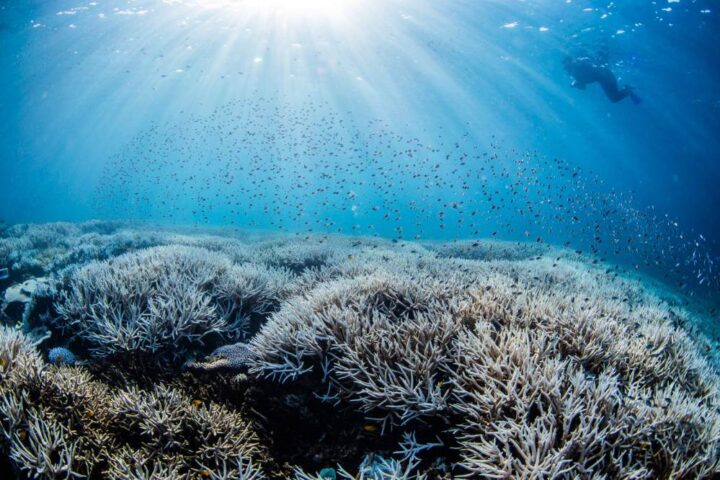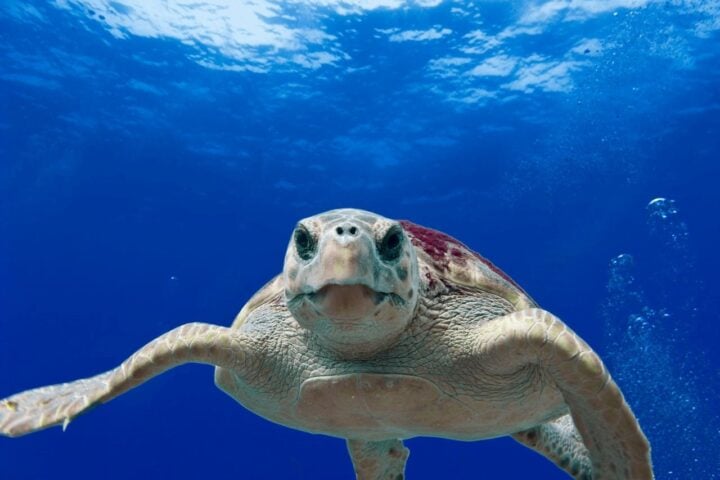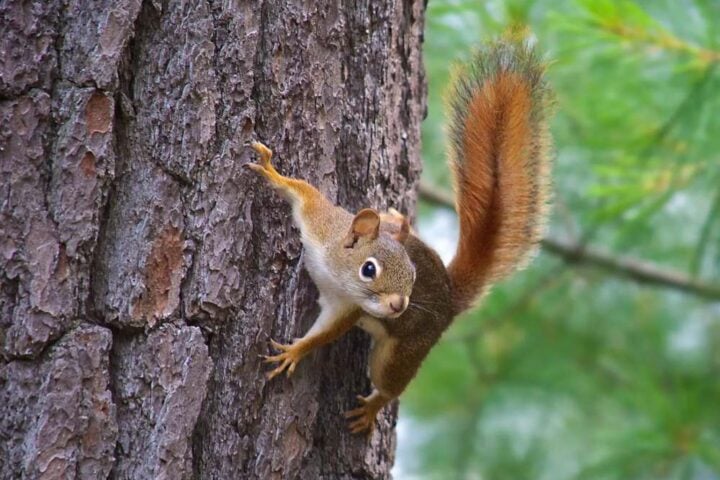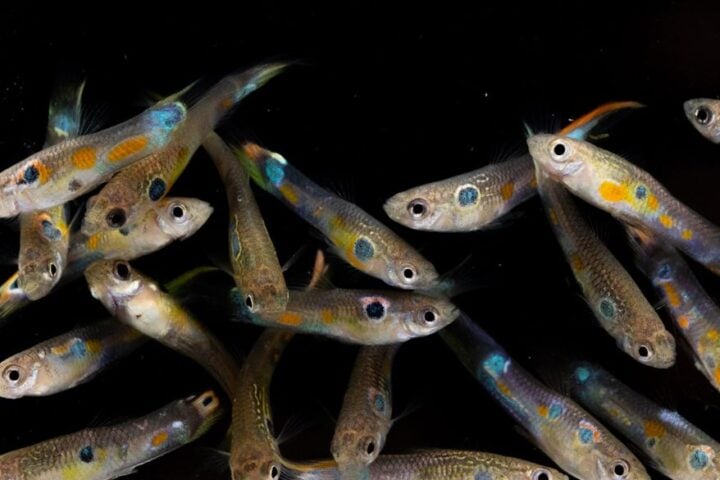As Per New Data By UNESCO, due to rapid melting of glaciers in World Heritage Sites a third of the sites’ glaciers Expected to vanish by 2050. If global temperatures rise by no more than 1.5°C beyond pre-industrial levels, the remaining two thirds could still be saved. This issue has been brought out into the limelight by many. Nearly 10% of the Earth’s total glacierized land is contained among 50 UNESCO World Heritage sites. They provide a thorough picture of the state of glaciers worldwide, including the tallest, longest, and last remaining glaciers in Africa, America, among others.
However, a recent study by UNESCO and the IUCN reveals that since 2000, these glaciers have been retreating more quickly as a result of CO2 emissions, which are rising temperatures. They are currently responsible for about 5% of the observed global sea-level increase and are losing 58 billion tonnes of ice per year, which is equal to the total annual water use of France and Spain.
The report comes to the conclusion that, despite efforts to limit temperature increases, glaciers in a third of the 50 World Heritage sites will disappear by 2050. If temperatures peak by no more than 1.5°C over pre-industrial levels, the glaciers in the remaining two thirds of sites can still be preserved.
UNESCO is pressing for the establishment of an international fund for glacier monitoring and protection in addition to dramatically reducing carbon emissions. Such a fund would support detailed investigation, push for networks of communication between all interested parties, and implement early warning and disaster risk reduction strategies.
According to the Intergovernmental Panel on Climate Change, climate change is becoming more severe as a result of human emissions of greenhouse gasses that trap heat and warm the earth. Warming temperatures are anticipated to accelerate that process, as well as the thawing of permafrost and the melting of glaciers, as well as the loss of seasonal snow cover and summer Arctic ice.
According to the Greater Yellowstone Climate Assessment, those trends are being confirmed in the Greater Yellowstone Ecosystem, where researchers have discovered a consistent decrease in snowpack since the 1980s.
According to a yearly assessment of glacier surface elevations carried out by scientists in Grand Teton National Park, the Middle Teton Glacier is generally melting more quickly than it is growing.
According to Grand Teton National Park, scientists there discovered general glacial thinning in 2021, with up to 6.3 metres of ice loss from the GPS survey.
The Oregon Glaciers Institute is reporting disappearing glaciers like Lathrop Glacier which has completely vanished. OGI has been reporting the gradual fading of Central Cascade glaciers. OGI also stated that only a thin layer of ice is currently all that is left of the Benson Glacier on the mountainside.
Glaciers are a major supply of water for home consumption, agriculture, and power for half of humanity. Glaciers support numerous habitats and are essential to biodiversity.
Glaciers Under Danger, Listed by Continent
America:
In Yellowstone National Park, glacierized parts are very likely to vanish by 2050. The United States’ Yosemite National Park’s glaciers are very likely to disappear by 2050. In 20 years, the volume of the glaciers in Waterton Glacier International Peace Park (Canada, USA) has decreased by 26.5%
Argentina’s Los Alerces National Park glaciers have experienced the second-highest mass loss in Latin America (45.6%). Since 2000, glaciers at Huascaran National Park in Peru have receded by 15%.frica: All World Heritage Sites in Africa, including Kilimanjaro National Park and Mount Kenya, would most certainly have lost their glaciers by the year 2050, according to information now available.
Asia: The glaciers in Three Parallel Rivers of Yunnan Protected Areas (China) have the largest mass loss compared to the year 2000 (57.2%), and they are also the glaciers that are melting the fastest. Since 2000, the Western Tien-Shan glaciers in Kazakhstan, Kyrgyzstan, and Uzbekistan have receded by 27%.
Europe: Pyrénées Mont Perdu glaciers (in France and Spain) are very likely to vanish by the year 2050. Glaciers in the Italian Dolomites are very likely to vanish by 2050.
Oceania: Since 2000, Te Wahipounamu – Southwest New Zealand glaciers in New Zealand have lost nearly 20% of their volume. IUCN, ETH Zurich, the Swiss Federal Institute for Forest, Snow and Landscape Research (WSL), and the French National Center for Scientific Research’s (CNRS) Space Geophysics and Oceanography Studies Laboratory (LEGOS) contributed to this study, which is acknowledged by UNESCO.


















